Cherry has various types such as Tulare that we can grow it in the home or garden, but we should know how to do that.
cherry tree plant
The Tulare cherry is a medium-sized variety, averaging two centimeters in diameter, regular, oblong, and round to heart-shaped. Ripe cherries sometimes have a small spike at the bottom of the fruit. The fruits hang from thin green, flexible stems and reach a length of 3-4 centimeters. The shell is semi-smooth, tight, and relatively thin. The color varies from bright red to dark red speckled with light red. Below the surface, the flesh is crisp, firm, and watery, containing many fibers that create a crunchy texture with a smooth, juicy finish. The flesh is also various shades of light red with a dark red ring surrounding a light brown semi-stony central core. Tulare cherries are aromatic and have a light, slightly tart character that produces a sweet, tart, tart flavor. Tulare cherry is available from mid to late spring through early summer. The Tulare cherry, botanically known as Prunus avium, is one of the earliest varieties of the Rosaceae family. Discovered as an open-pollinated seedling in California, the sweet and tangy black cherry variety is distantly related to the wild cherry. Growing on trees 10 to 20 feet tall, Tulare cherries are prized by growers for their resistance to cracking, complex flavor, unduplicated growth, and low refrigeration requirements. The fruit ripens earlier in California and stores very well, so it can be shipped nationally and internationally. Tulare cherries are a good source of vitamin A to support healthy organ function, vitamin C to boost the immune system, and lower levels of iron, calcium, and fiber. Cherries also contain anthocyanins, the coloring pigments in the fruit’s flesh, which have antioxidant effects, reduce inflammation and protect cells from free radical damage. Tulare cherries have a sweet and tangy flavor that works well in both fresh and cooked dishes. The fruit is eaten straight from the hand, discarding the stone, or it can be dipped in chocolate as a raw dessert. 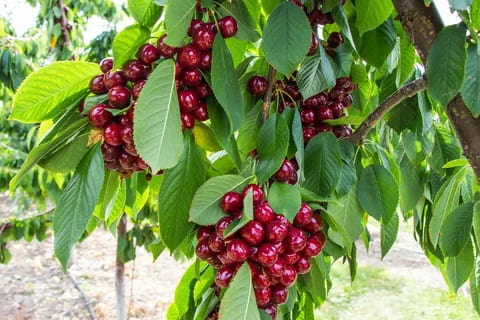
cherry tree leaves
Tula cherries can also be sliced and used as a fresh topping for muesli, yogurt, acai, and French toast, sliced into salsa, added to vegetables and fruit salads, blended into smoothies or purees, and frozen to make popsicles. In addition to being a fresh product, Tulare cherries have a firm texture that allows them to retain their properties well in baked goods such as cakes, muffins, muffins, cookies, bread, pies, cobblers, and chips. Cherries can also be made into jams, jellies, compotes, and chutneys, or used in sauces for grilled meats. In addition to being prepared preparations, Tulare cherries can also be made into lemonade, sangria, fruit punch, and other mixed drinks. Tulare cherries pair well with melons, berries, pineapple, citrus, nuts like almonds, pistachios, and hazelnuts, meats like pork, duck, turkey, lamb, and poultry, vanilla, cinnamon, and dark chocolate. Whole, unwashed Tulare cherries will last 5-7 days if the stems are stored in the coldest part of the refrigerator. Cherries can also be canned or frozen for longer use. The Tulare cherry is one of the six main varieties grown in California’s San Joaquin Valley. Cherries were introduced to the San Joaquin Valley in the 19th century, and the region quickly became a preferred growing location due to the ideal climate for growing this aromatic fruit. Improved early maturing cherries with low refrigeration requirements, including Tulare cherries, have been selectively bred over time for growing characteristics suited to the California climate. The California cherry industry is known for growing early cherry varieties that hit the market as early as April. This market advantage allows the fruit to be sold domestically and internationally before other regions, such as the Pacific Northwest, have harvested their seasonal varieties. About 850 farms reportedly grow cherries throughout California, and the season typically runs from April through June. Many different varieties of cherries are grown in the San Joaquin Valley, but the top six varieties include Rainier, Bing, Chelan, Coral, Brooks, and Tulare. In the cities of the valley, the cherry season is celebrated with cherry festivals to encourage tourism and the sale of cherries.
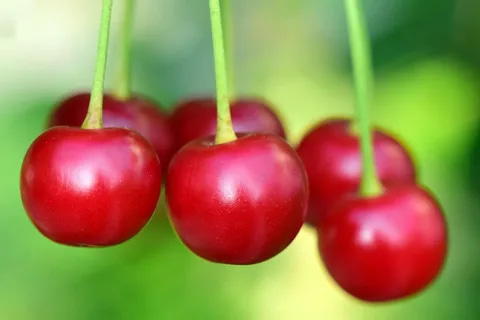
cherry tree garden centre
These festivals often feature live performances, contests, cherry tastings, and cherry platter vendors. In downtown Tulare, the Cherry Festival was created to educate and raise awareness about the cultivation of cherries in the region, as well as to promote fresh seasonal fruits. At the party, various vendors offered dishes made from cherries, which were used in salads, jams, and drinks such as lemonade. Tulare cherries were first discovered in 1974 as open-pollinated seedlings at the Bradford Genetics Experimental Plantation near Le Grand, California. A random sapling grew from another unnamed sapling, which was believed to be a descendant of the Wild Cherry. Tulare cherries were selected for commercial cultivation by growers Lowell Bradford and Norman Bradford primarily for their hardiness, flavor, and resistance to cracking. The cherry was patented in 19 and approved in 1988 under US Plant Patent #6407. Today, Tulare cherries are primarily grown in the San Joaquin Valley of central California. Available in season at farmers’ markets, early cherries are also grown on a smaller scale by farmers and home gardeners in the Pacific Northwest and Australia. For your Tulare cherry tree to flower best, you should plant it in a location where it will receive at least six hours of sunlight per day. When planting a Tulare cherry tree for the first time, water vigorously until the root ball is evenly moistened. Drain the water, then water the tree generously a second time. Tulare cherry trees need about an inch of water each week when young. You may need to increase rainfall during dry spells, but don’t overwater your trees. For best results, water the base of the tree as wetting the foliage increases the risk of powdery mildew developing on the tree. To retain moisture, you can mulch the tree with an inch of organic material. It also helps compensate for temperature fluctuations that can cause cherries to crack. Mulch with one of the following materials, making sure to leave a few inches of mulch around the trunk. 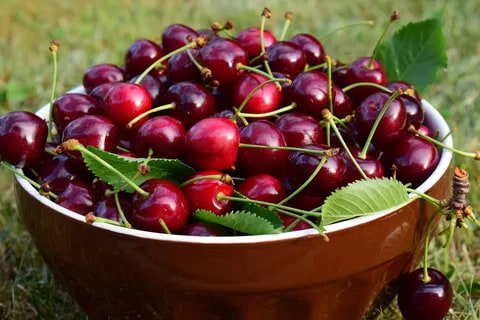


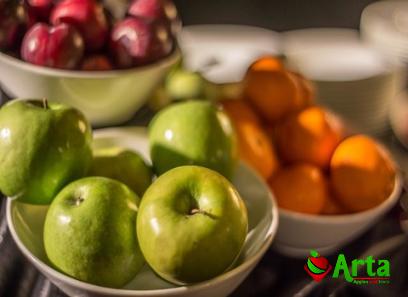

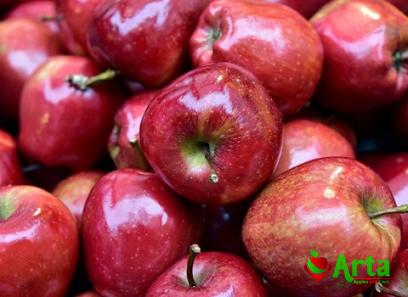
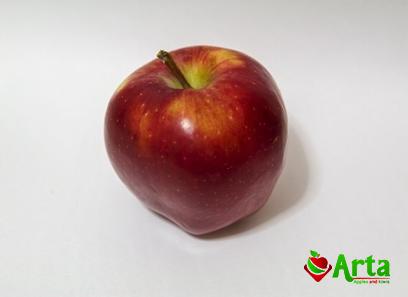
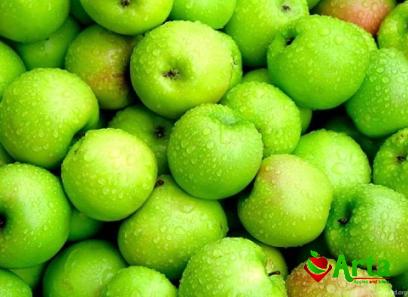
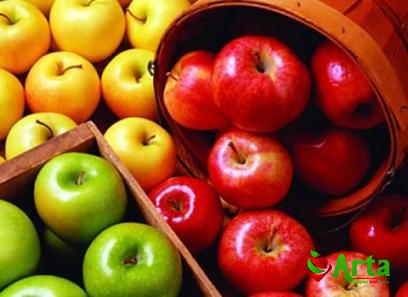
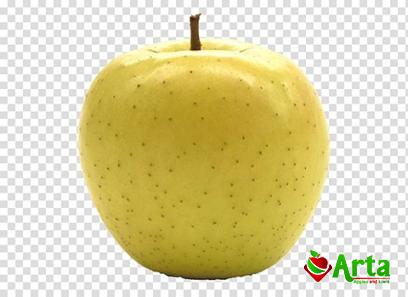
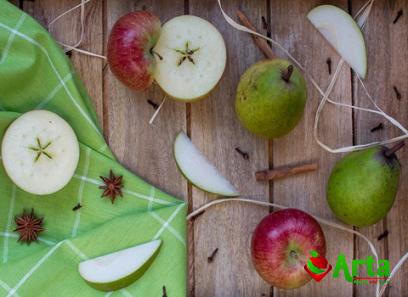
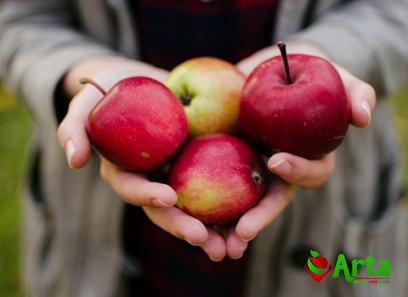
Your comment submitted.